For this week’s round-up of commercial drone industry news, we look at how agriculture industry leader Alltech uses drones to manage feed on farms, how wildlife preservation organization Animal Survival International deploys drones to mitigate poaching, and how researchers in Florida are monitoring sea turtle nests with UAVs.
UAVs for Farm Feed Management
Dairy Herd Management reports on the ways that agriculture industry leader Alltech has successfully deployed drones for farm feed inventory management. The report explains that, for the past eight years, Alltech has “employed drone technology coupled with cloud computing to accurately measure stored forages and feedstuffs.” Alltech uses the accurate measurements of feed inventory captured by drones to help with “planning the necessary tonnage for feeding, assessing harvested tonnage and influencing decisions related to future harvests and crop planning.” Company representatives says that drone-based systems offer improvements over traditional measurement methods because they are not susceptible to human error and have the ability to “account for the complex geometries and variations of feed piles, offering a precise measurement every time.”
Drones Support Anti-Poaching Efforts
Animal Survival International (ASI), an organization that “works to help wildlife around the world whose survival is threatened by climate change, habitat destruction, the illegal wildlife trade, poor legislation and inadequate law enforcement,” details on how it uses uncrewed systems in its anti-poaching efforts. According to ASI, drones “provide new ways to observe, protect and understand wild animals – and, critically, to stop wildlife traffickers in their tracks.” Drones, they say, “provide conservationists with an extraordinary bird’s-eye view of remote and often inaccessible habitats. This allows for faster, safer and more efficient monitoring of wildlife populations and environmental changes.” Because of these capabilities, ASI has successfully deployed UAVs in Tanzania, South Africa, and Zimbabwe.
Drones Monitor Sea Turtle Nests in Florida
As this round-up demonstrates week after week, drones have proved to be invaluable for investigations into the behaviors of many types of animals. The latest example comes from Florida Atlantic University’s Charles E. Schmidt College of Science where researchers used drones to study “the environmental and human-related factors that influence loggerhead sea turtle nest site selection.” For their work on “a high-density nesting beach in Boca Raton,” researchers flew UAVs to collect “high-resolution, affordable data” that help them “see small features of the beach that affect where turtles choose to nest.” Their studies combined drone-based photogrammetry – a technique that uses images captured by drones to create accurate, detailed maps and 3D models of the landscape – Real Time Kinematic GPS surveys, and sediment granulometry to measure beach slope, sand texture, and nest proximity to artificial structures such as dune crossover stairs.”


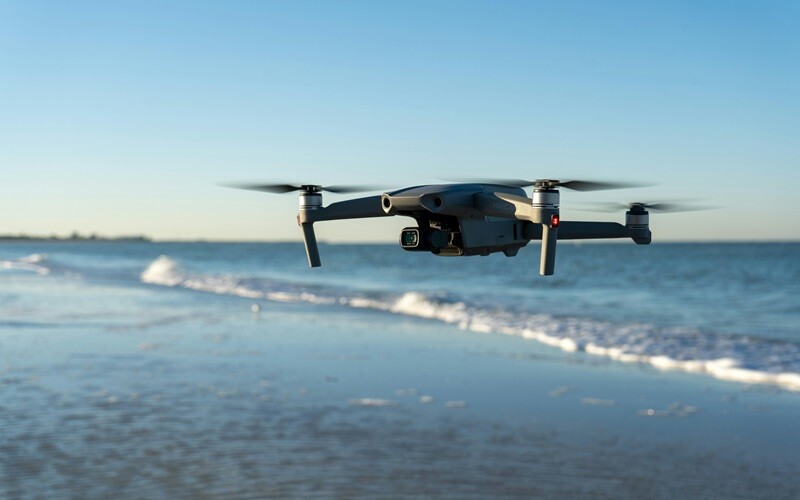

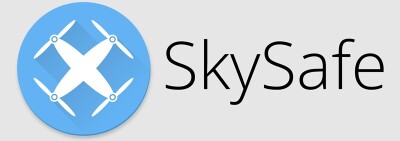

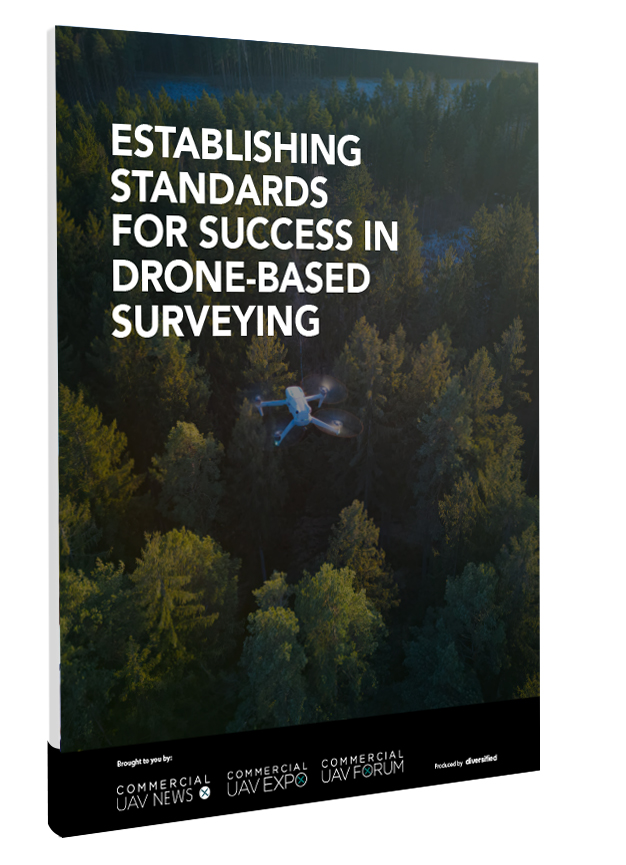
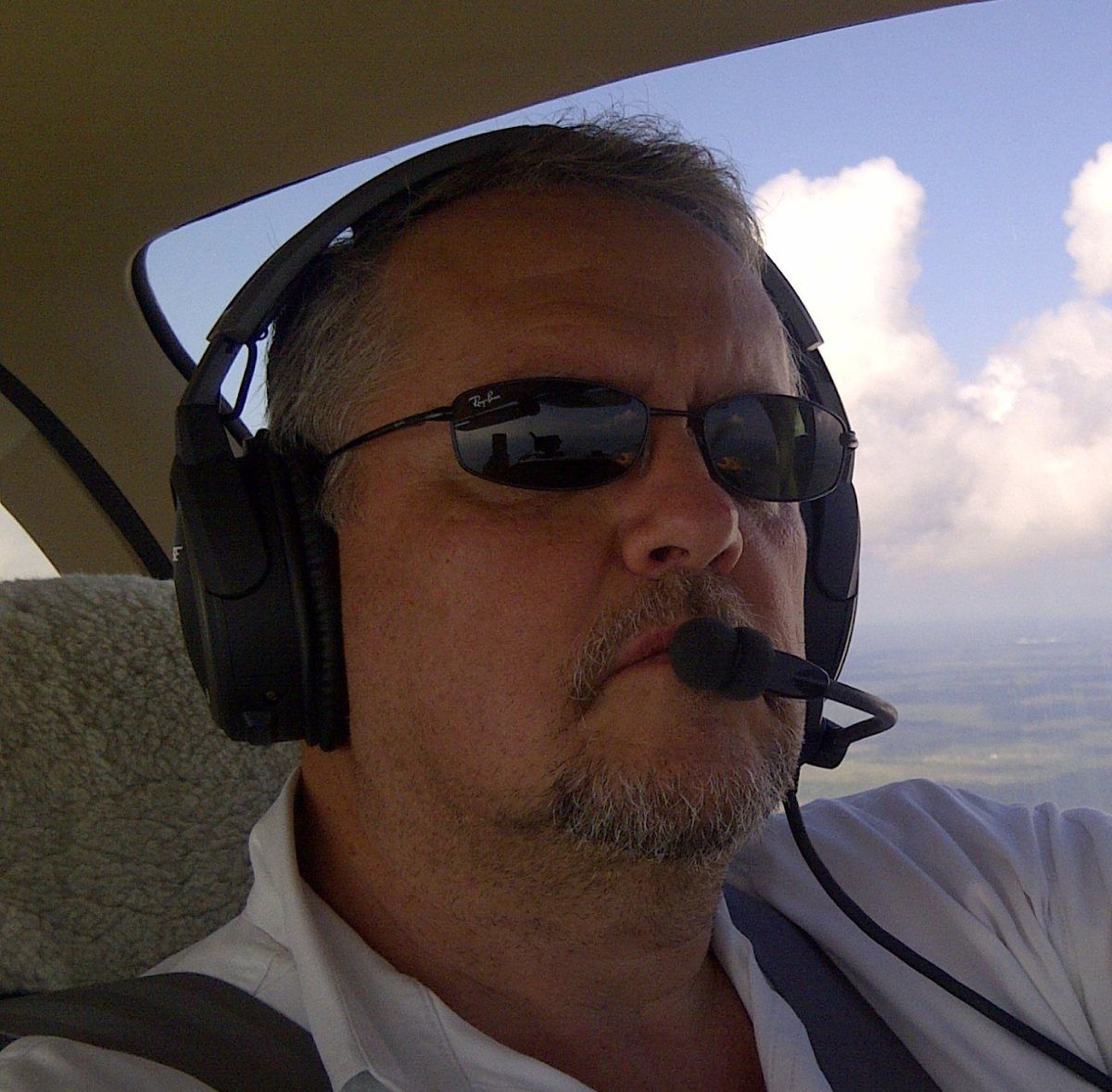




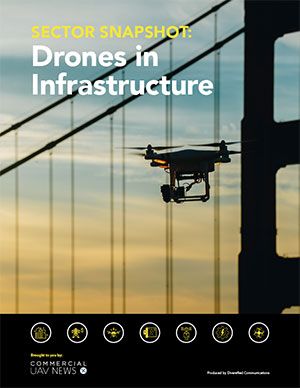
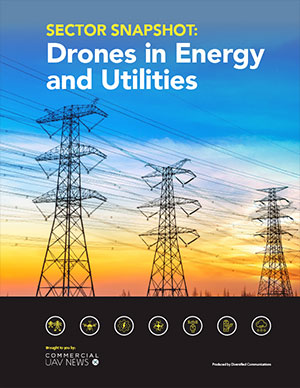
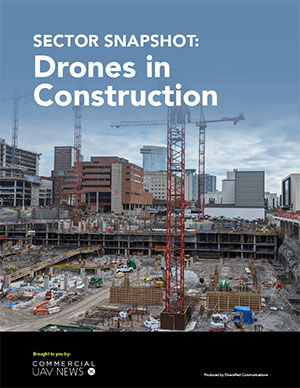
Comments